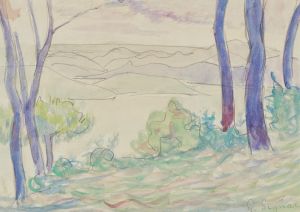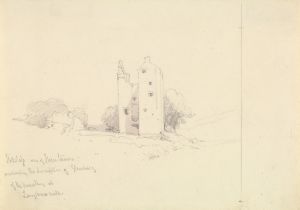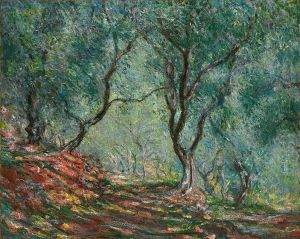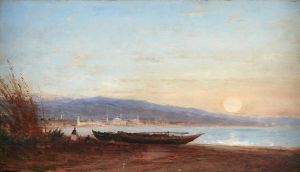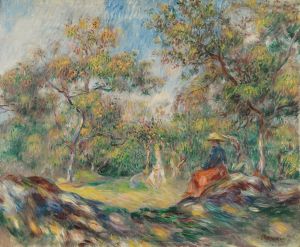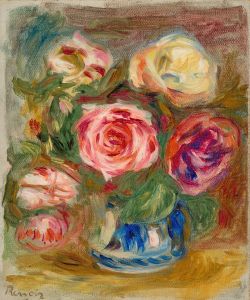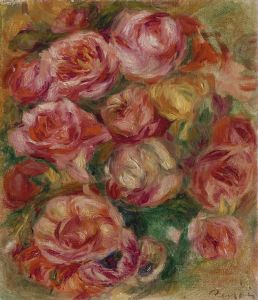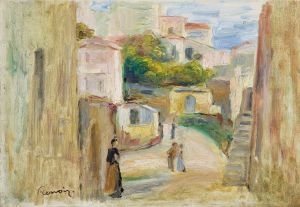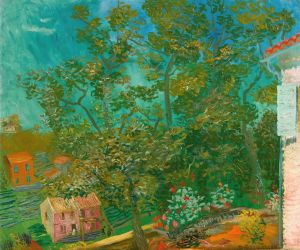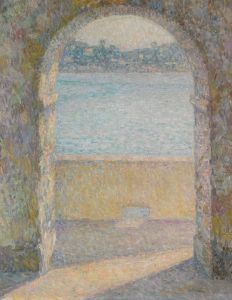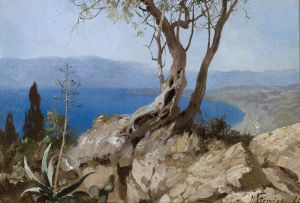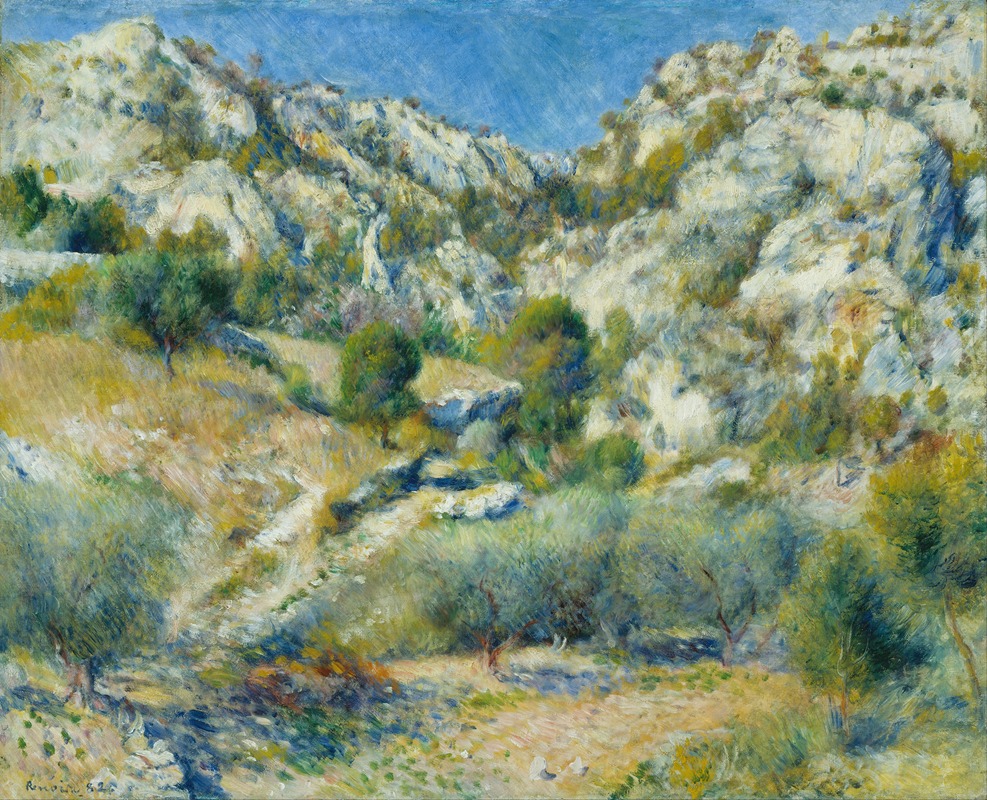
Rocky Crags at L’Estaque
A hand-painted replica of Pierre-Auguste Renoir’s masterpiece Rocky Crags at L’Estaque, meticulously crafted by professional artists to capture the true essence of the original. Each piece is created with museum-quality canvas and rare mineral pigments, carefully painted by experienced artists with delicate brushstrokes and rich, layered colors to perfectly recreate the texture of the original artwork. Unlike machine-printed reproductions, this hand-painted version brings the painting to life, infused with the artist’s emotions and skill in every stroke. Whether for personal collection or home decoration, it instantly elevates the artistic atmosphere of any space.
"Rocky Crags at L’Estaque" is a painting by the renowned French artist Pierre-Auguste Renoir, who was a leading figure in the Impressionist movement. Renoir, born in 1841, is celebrated for his vibrant light and saturated color, often focusing on people in intimate and candid compositions. His work is characterized by a richness of feeling and a warmth of response to the world and the people in it.
This particular painting, "Rocky Crags at L’Estaque," was created during a period when Renoir was exploring the landscapes of southern France. L’Estaque is a small village near Marseille, which became a popular location for many Impressionist painters, including Paul Cézanne, who also painted the rugged terrain and the Mediterranean light of the area. The village's dramatic scenery, with its rocky cliffs and clear skies, provided a compelling subject for artists interested in capturing the effects of light and atmosphere.
Renoir's approach to painting landscapes was somewhat different from his contemporaries. While many Impressionists focused on capturing fleeting moments and the changing effects of light, Renoir often sought to infuse his landscapes with a sense of permanence and structure. In "Rocky Crags at L’Estaque," Renoir employs a vibrant palette and loose brushwork to convey the texture and form of the rocky terrain. The painting reflects Renoir's interest in the interplay of light and shadow, as well as his ability to convey the warmth and vitality of the natural world.
The painting is notable for its dynamic composition and the way Renoir captures the rugged beauty of the landscape. The rocky crags are depicted with a sense of solidity and mass, yet the brushwork remains fluid and expressive, a hallmark of Renoir's style. The use of color is particularly striking, with warm earth tones contrasting against the cooler blues and greens of the surrounding vegetation and sky. This contrast not only highlights the physical features of the landscape but also enhances the overall mood of the painting.
Renoir's time in L’Estaque was part of a broader exploration of the French countryside, where he sought to capture the essence of rural life and the natural environment. This period was crucial in the development of his artistic style, as he moved away from the more formal compositions of his earlier work and embraced a freer, more spontaneous approach to painting.
"Rocky Crags at L’Estaque" is an excellent example of Renoir's ability to blend the Impressionist focus on light and atmosphere with his own unique vision. The painting remains a testament to his skill as a landscape artist and his enduring fascination with the beauty of the natural world. Today, Renoir's works, including this painting, continue to be celebrated for their contribution to the Impressionist movement and their influence on subsequent generations of artists.





